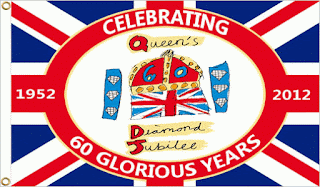Freemasons grow in popularity in Asia
'Secret' society the Freemasons is expanding in Asia, as expats look to join its ranks.
The Freemasons are thriving in Asia as expats look for a ready-made network of professionals to help them settle into a new country.
The supposedly secret society, which dates back to the 18th century, is seeing a lot of young blood join its ranks overseas to help break the stuffy image of retired old judges meeting behind closed doors.
The numbers of young professionals signing up to the Freemasons is helped by the fact that the fraternity is on a drive to become more “relevant” and “open” in its dealing with the public.
Nigel Brown, grand secretary of the United Grand Lodge of England, said: “We have always been open but want to be more pro-active in doing this, such as being recognised for our charitable work and donations. There are a lot of myths and misconceptions about the Freemasons which we need to get rid of by helping people understand what we do and cutting out the jargon we use.”
Mr Brown was last week in Singapore to reopen Freemason’s Hall, a heritage building gifted by Queen Victoria to the Freemasons.
British-born Australian Nick Jacobs, 41, is an example of the new breed of Freemasons helping to grow the membership. He said: “It definitely has an attraction to expats as you get to meet up with people in a strange city and very quickly they are like brothers to you. And these are people you wouldn’t normally be friends with as they are outside the expat community.”
He added: “There are many older gentlemen who are active Freemasons in Singapore but we are finding that we are also attracting a much younger demographic of expats and locals.”
Freemasons in Asia regularly take part in social activities such as inter-lodge paintballing sessions and pub quizzes.
Singapore has eight English lodges and is part of a district that includes Malaysia and Thailand. Many countries in Asia are seeing a spike in popularity for the Freemasons, especially those nations with colonial roots and established lodges.
Dennis Heath, a British expat and Freemason in Singapore, added: “We see a lot of expats passing through Singapore who want to come to the lodge where they know they will be welcomed warmly. We also have expats who were previously part of a lodge back in the UK, along with those joining for the first time. The traditions and history of the Freemasons has a strong appeal in the fast-paced, digital world we live in”
But he admitted: “There is still a certain mystique, and many false myths, about joining the world’s oldest fraternal and charitable society.”




















